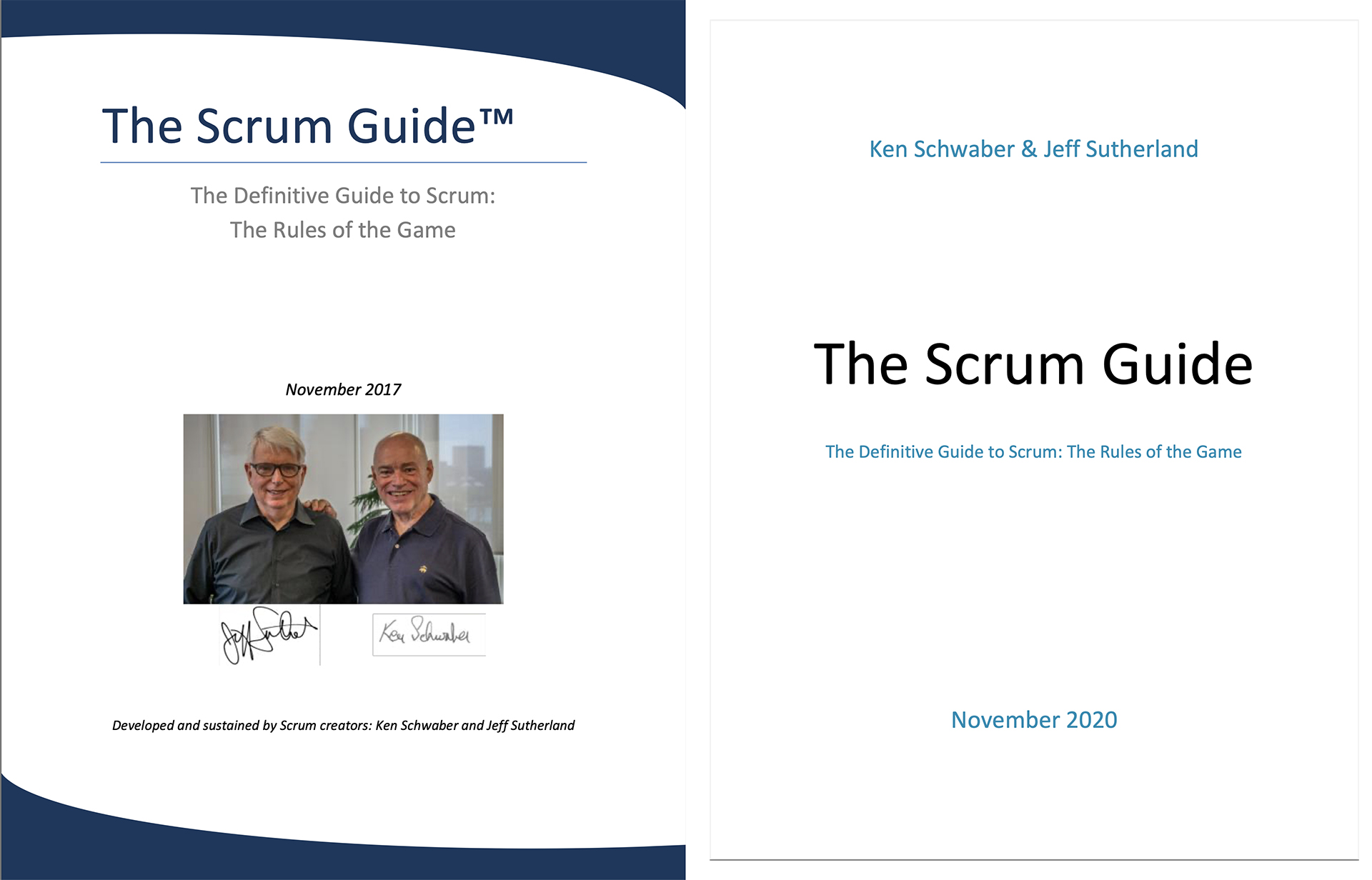Using Scrum in 2021
 I am writing this on January 3, 2021, basically the start of a new year. Like most people, at the beginning of a new year, I try to make some resolutions. In my case, they are more like experiments I want to run to see what sticks. See what I did there? Rather than worrying about which resolutions I’ll break, I instead run experiments to see what works for me Positive intent vs. a negative intent. That’s something Scrum Teams could use to their advantage, but I digress…
I am writing this on January 3, 2021, basically the start of a new year. Like most people, at the beginning of a new year, I try to make some resolutions. In my case, they are more like experiments I want to run to see what sticks. See what I did there? Rather than worrying about which resolutions I’ll break, I instead run experiments to see what works for me Positive intent vs. a negative intent. That’s something Scrum Teams could use to their advantage, but I digress…
This year one of my experiments is to be a Scrum Team consisting of just myself and see how I can do with a project I’m calling “My 2021 Writing Experiment”. I’m going to try to do this experiment using the definition of Scrum from the 2020 Scrum Guide, which is ever so slightly different from the 2017 Scrum Guide (to see more on the differences, go to this article about the changes). Several 2020 Scrum Guide changes come into play for me doing this:
- The Scrum Guide is no longer heavily biased toward software development, which is essential because I’m not creating software!
- The concept of a Product Goal has been introduced. The exact wording is
The Product Goal describes a future state of the product which can serve as a target for the Scrum Team to plan against. The Product Goal is in the Product Backlog. The rest of the Product Backlog emerges to define “what” will fulfill the Product Goal.
I’m not sure what all of this means. There are several ways I could interpret it, which is why I find it a bit confusing. So I’m going to use it in the simplest way possible and give myself a goal that will take several sprints to achieve, and then work towards another goal. My first Product Goal is not what you might expect. I will make it very simple and say that my first Product Goal is to determine which writing platform I want to use for my future writing. There are many possibilities, of which Ulysses and Scrivener seem to be the most likely for me. I’m writing this blog entry using Ulysses, but I don’t know if I’ll stick with this one or not. - The wording around the Scrum Roles has changed. It used to be 1 ScrumMaster, 1 Product Owner and 3-9 Development Team members. Now it is typically ten or fewer people with one ScrumMaster, one Product Owner and Developers. With the removal of the overly specific 3-9 Development Team member requirement, a team of one is now theoretically possible without breaking any Scrum rules. That’s my story and I’m sticking to it!
- There are now three Sprint Planning topics instead of two. There used to be the What? and How? topics in Sprint Planning. The 2020 Scrum Guide revision adds Why? as a topic. I LOVE this change!!! I’m a strong advocate that teams need to know why their work matters. This single change is why I’m writing this blog entry (no pun intended). I realized I needed to understand “why? to have more motivation to continue the experiment over time. My Why? for the first sprint is simple: learn which parts of blogging I like and which parts I don’t like so I can find a tool that matches me!
I won’t be doing Scrum as strictly as possible. I know that as a team of one, I’ll have challenges. I plan to do one-week sprints, which supports my standard advice to teams: do two-week sprints unless you can do one-week sprints. Weekly seems like the right cadence for making progress on writing, so I’ll go with that. I’ll probably simplify things by having a Sprint Review, Sprint Retrospective and Sprint Planning all on the same day. I generally try to figure out my day before it starts, so I’ll call what I do today the equivalent of my Daily Scrum. An exciting change will be to focus on what I’ll be doing to reach my Sprint Goal and Product Goal.
I decided to do this about an hour before starting this blog entry, so I don’t currently have a Scrum board set up. I’ll probably use Trello since it is easy and I’m familiar with it.
My backlog for this sprint is super simple:
- Write and publish a blog entry using Ulysses
- Write and publish a blog entry using Scrivener
- Decide whether either one is a long-term possibility and if not, then research other alternatives
Pretty simple list and I’ll be doing it in that order.
Your action here is simple: Determine what experiments you plan to run in 2021 and why you want to run them!
I hope your 2021 is amazing!




https://agileforall.com/scrum-guide-2020-what-changed-and-how-will-it-affect-scrum-classes/